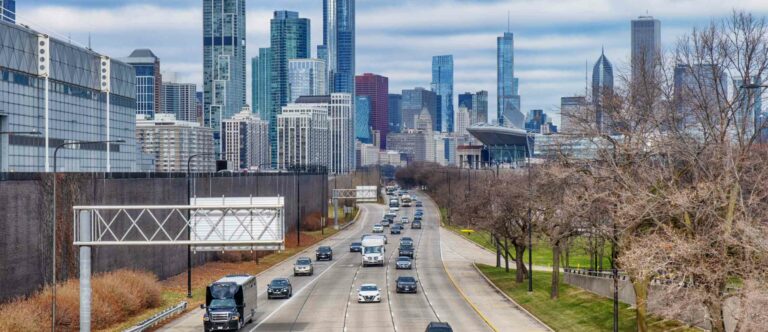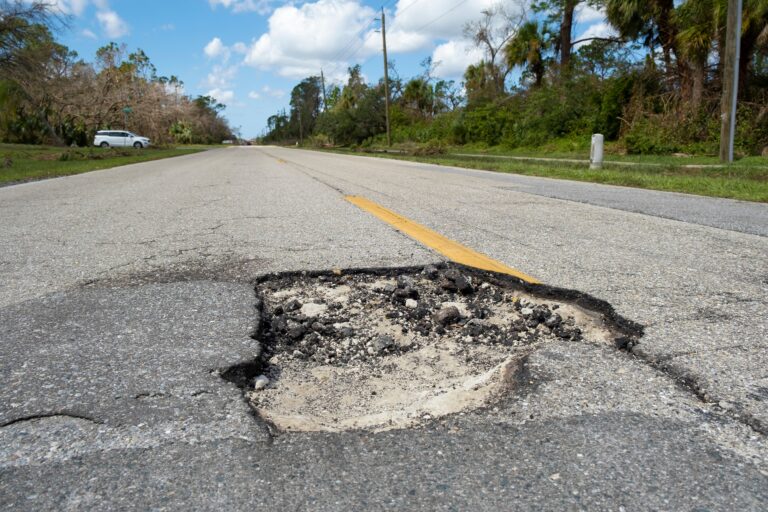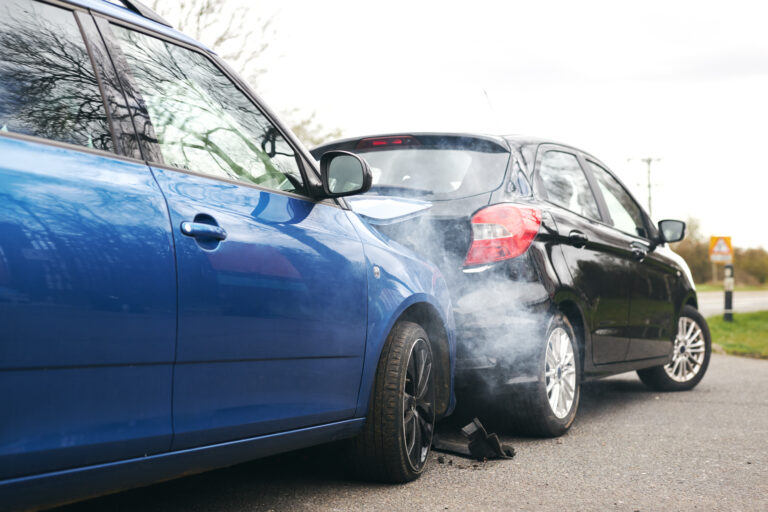Being in a car crash is a jarring experience. One minute you are driving down the Eisenhower Expressway, and the next you are dealing with the aftermath of a collision.
Once you are home and the initial shock begins to fade, a wave of questions and responsibilities can feel overwhelming. You might hear terms being thrown around by insurance adjusters or see them online, and one phrase that often confuses is no-fault car accident claim.
Understanding what this means, specifically for you here in Illinois, is a foundational step in navigating the road ahead. Many people find themselves wondering about the first steps to take after an accident.
It’s natural to feel uncertain about what comes next.
- How will my car get fixed?
- Who is going to pay for my medical bills?
- What do I need to do to protect my rights?
A trusted Chicago car accident lawyer can help answer these questions and guide you through the process. Answering them starts with understanding the system Illinois uses to handle these situations. While some states use a “no-fault” system, Illinois operates differently.
Understanding Illinois’ “At-Fault” System vs. No-Fault States
The main source of confusion around the term “no-fault car accident claim” is that Illinois is not a no-fault state. Instead, Illinois is what is known as an “at-fault” state, sometimes called a “tort” state. This is a fundamental difference that shapes the entire claims process.
In an at-fault state like Illinois, the person who is legally responsible for causing the accident is also responsible for paying for the damages that result. This means that to recover compensation for your injuries and vehicle damage, you or your legal representative will generally need to file a claim against the at-fault driver’s insurance policy.
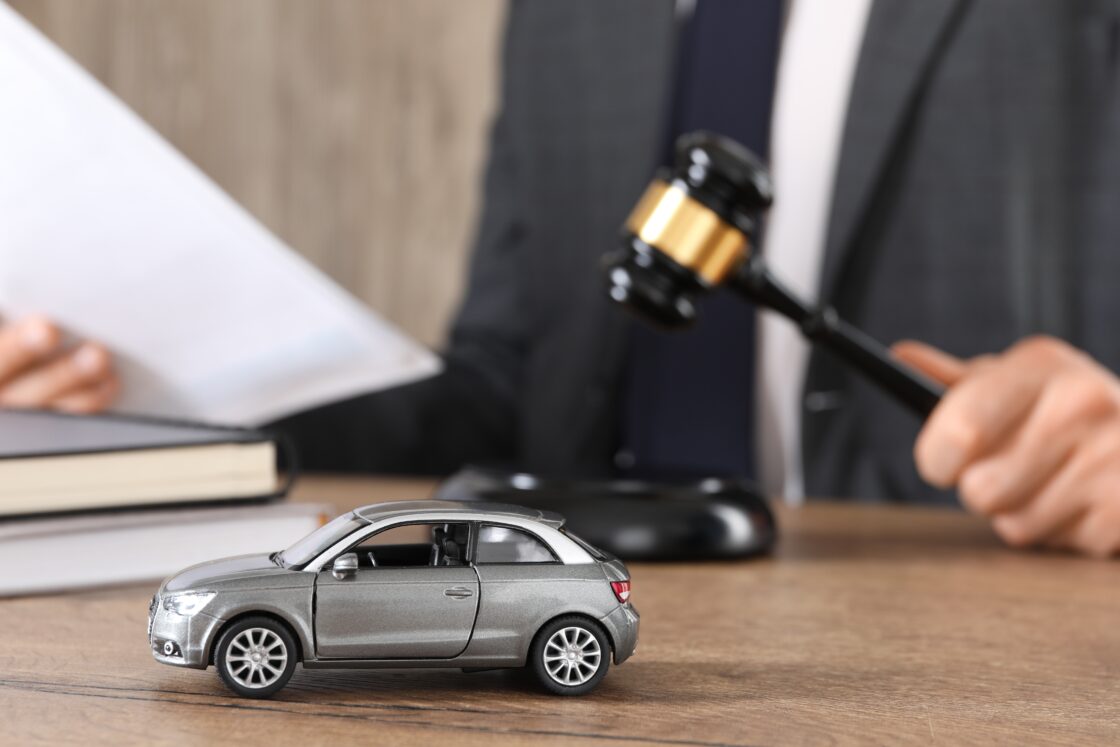
The process involves demonstrating that the other party’s negligence, a legal term for carelessness or failure to act with reasonable caution, led to the crash.
In a true no-fault state, the system works differently. Drivers involved in an accident first turn to their own insurance policies to cover their medical expenses, up to a certain limit, regardless of who caused the collision.
This is done through a type of coverage often called Personal Injury Protection (PIP). Here is a simple breakdown of the two systems:
- At-Fault System (Illinois): The driver who caused the crash is held liable for the damages. You must prove the other party was at fault to receive compensation from their insurance.
- No-Fault System (Other States): Your own insurance company pays for your initial medical bills and lost wages through your PIP coverage, no matter who was responsible for the accident. The ability to sue the at-fault driver is often restricted unless injuries are severe.
Because Illinois is an at-fault state, the concept of a “no-fault car accident claim” as it exists in other states does not apply here. The entire process hinges on determining who was responsible.
How Does a Car Accident Claim in Chicago Work?
Since fault is the central issue, the car accident claim process in Chicago involves a series of steps designed to establish responsibility and document the full extent of your losses.
After handling any immediate medical needs and safely returning home, the focus shifts to building your claim. The days and weeks following a crash are a critical time for gathering information. Keeping meticulous records can make a significant difference.
- Document Everything: Hold on to every piece of paper related to the accident. This includes medical bills from hospitals or follow-up doctor visits, prescription receipts, and car repair estimates. If you missed work, keep track of those lost wages.
- Report the Accident: You must notify your insurance company about the accident, as this is a requirement in most policies. When you speak with them, stick to the facts of what happened. You will also be dealing with the other driver’s insurance company, which will open its own investigation.
- Preserve Evidence: The photos you took at the scene are valuable. Also, save the contact information for any witnesses. The official police report is another key piece of evidence, as it provides an officer’s initial assessment of the incident.
The at-fault driver’s insurance company will assign an adjuster to your case. This adjuster’s job is to investigate the crash to determine the policyholder’s degree of fault.
They will review the police report, witness statements, photos, and may ask to inspect your vehicle. Their goal is to protect their company’s financial interests, which often means trying to minimize or deny your claim.
Comparative Negligence
Sometimes, an accident isn’t entirely one person’s fault. What happens if the insurance company claims you were partially to blame for the collision on Lake Shore Drive? This is where Illinois’ rule of “modified comparative negligence” comes into play.
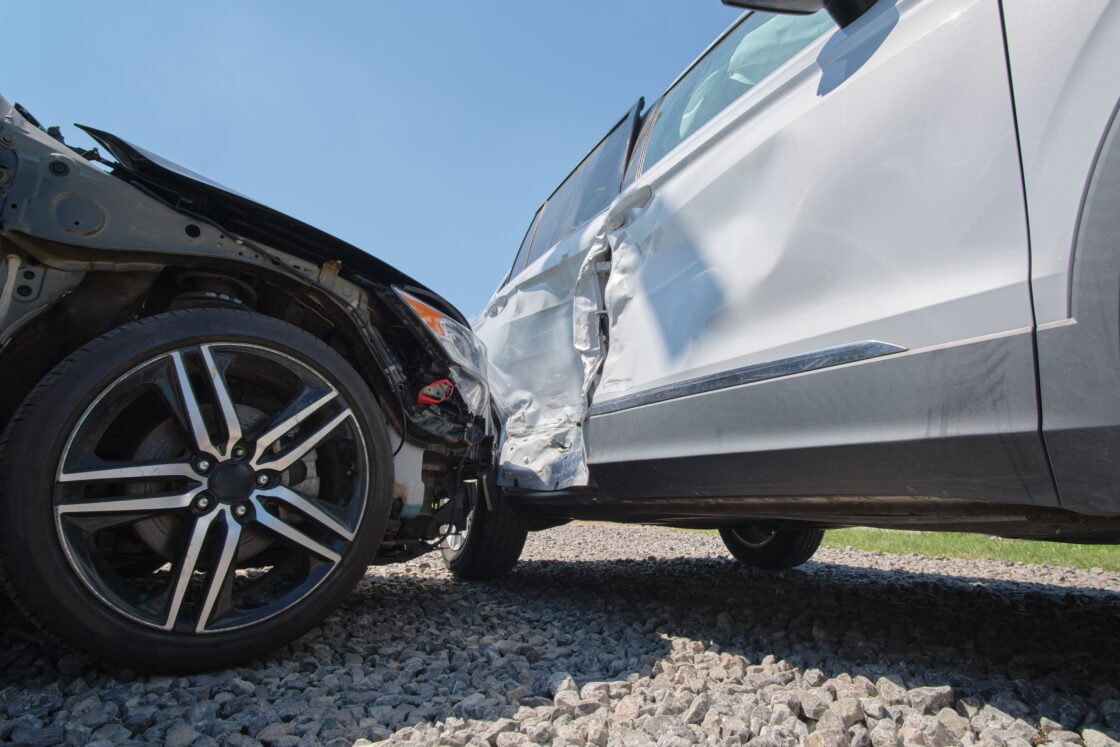
Comparative negligence is a legal principle that allows fault to be shared between the parties involved in an accident. Your ability to recover compensation is directly tied to your percentage of fault.
- The Rule: In Illinois, you can still recover damages as long as you are found to be 50% or less at fault for the accident.
- Reduced Compensation: Your total compensation award will be reduced by your percentage of fault. For example, if you are awarded $100,000 in damages but are found to be 20% at fault, your final award will be reduced by 20%, to $80,000.
- The 51% Bar: If you are found to be 51% or more at fault, you are barred from recovering any compensation from the other party.
Insurance adjusters may try to use comparative negligence to shift blame onto you, even a small percentage, as a way to reduce the amount they have to pay.
What Kind of Compensation Can You Pursue in an At-Fault Claim?
When you file a claim against the at-fault driver, you are seeking compensation for all the losses you have suffered because of the accident. These losses are referred to legally as “damages.” Damages are typically broken down into two main categories.
The first category is Economic Damages. These are the tangible financial losses that can be calculated with bills and receipts.
- All past and future medical expenses (ambulance rides, ER visits, surgery, physical therapy)
- Lost wages and loss of future earning capacity if you cannot return to your job
- Property damage to your vehicle and any other personal items destroyed in the crash
The second category is Non-Economic Damages. These losses are intangible and do not come with a price tag, but they are just as real and impactful.
- Pain and suffering
- Emotional distress and mental anguish
- Loss of enjoyment of life (for example, being unable to participate in hobbies or activities you once loved, like walking your dog through Lincoln Park)
- Disfigurement or permanent scarring
Calculating these damages, especially the non-economic ones, is a complex process. An experienced legal professional can help evaluate the full scope of your losses to determine what fair compensation might look like.
Why the Idea of a No-Fault Car Accident Claim is Misleading in Illinois
So, if Illinois is a firm at-fault state, why do you sometimes hear about no-fault concepts? The primary reason is a specific type of optional insurance coverage called Medical Payments Coverage, or MedPay.
MedPay is an addition to your auto insurance policy that you can purchase. It can be a source of confusion because it acts in a “no-fault” manner.
- How MedPay Works: MedPay covers your initial medical bills (and those of your passengers) up to your coverage limit, regardless of who caused the accident. You can use it immediately without waiting for a fault determination.
- How It’s Different from a No-Fault System: MedPay is optional coverage with relatively low limits, often ranging from $1,000 to $10,000. It is not the comprehensive Personal Injury Protection (PIP) required in true no-fault states, and it does not cover lost wages.
- Its Purpose in Illinois: MedPay is designed to provide quick access to funds for medical care while the larger at-fault claim is being investigated and negotiated. You may still need to pursue a claim against the at-fault driver to cover costs that exceed your MedPay limit and to get compensation for pain and suffering.
Having MedPay can be helpful, but it does not change the fact that Illinois law bases a full recovery on proving the other driver was at fault.
Claims Processes with the Other Driver’s Insurance
Dealing with the at-fault driver’s insurance company can be one of the most stressful parts of the post-accident process. The adjuster you speak with may seem friendly and helpful, but it is their job to resolve the claim for the lowest possible amount.
They are trained negotiators looking out for their employer. Use a prudent approach and be cautious in your communications with the other driver’s insurer. They may use several common tactics to get the better of you.
- Requesting a Recorded Statement: They may ask you to provide a recorded statement about the accident. They can use your words out of context later to argue you were at fault or that your injuries are not as severe as you claim.
- Offering a Quick, Low Settlement: If liability seems clear, they might offer you a fast check to settle the case. While tempting, this amount is almost always far less than the true value of your claim and, once accepted, you cannot ask for more money later if your injuries worsen.
- Asking for a Broad Medical Authorization: They will ask you to sign a form to get your medical records. Be aware that these forms are often written to give them access to your entire medical history, which they may try to use to argue your injuries were from a pre-existing condition.
Navigating these interactions requires a clear understanding of your rights and the value of your claim.
Finding Your Path Forward After a Collision

The aftermath of a car accident is a difficult journey filled with physical recovery, financial stress, and confusing procedures. Understanding that Illinois is an at-fault state is the first step toward clarity.
Unlike a no-fault car accident claim, your path to compensation here depends on establishing the other party’s responsibility for the crash. This process involves careful documentation, an understanding of concepts like comparative negligence, and strategic communication with insurance companies.
While you focus on healing, knowing that you have a clear picture of the legal landscape can provide peace of mind. For those navigating the complexities of a personal injury claim in Chicago, working with an experienced Chicago personal injury lawyer can make all the difference. The team at Walner Law is dedicated to providing guidance and compassionate advocacy.
We are here to help you understand your options. You can reach us at (312) 410-8496 or visit walnerlaw.com to learn more.
Questions You Might Have
Does Illinois have no-fault car insurance?
No, Illinois is an “at-fault” state. This means the person responsible for causing the accident is liable for the damages. You must file a claim against the at-fault party’s insurance to be compensated for your losses.
What should I do if the other driver’s insurance adjuster calls me?
You can provide them with basic factual information like your name and contact details, but it is often wise to be cautious about giving a detailed or recorded statement. They protect their company, not you. You are not obligated to give them a statement.
How long do I have to file a car accident claim in Illinois?
In Illinois, the time limit for filing a personal injury lawsuit, known as the “statute of limitations,” is generally two years from the date of the accident. For property damage claims, it is typically five years. It is beneficial to act much sooner than that to preserve evidence and witness memories.
What if the other driver has no insurance?
If you are hit by an uninsured driver, you may be able to file a claim through your own insurance policy, provided you have Uninsured Motorist (UM) coverage. This is a required coverage in Illinois and is designed to protect you in this exact situation.
Do I need a lawyer if the accident was clearly the other driver’s fault?
Even in seemingly clear-cut cases, insurance companies may still try to undervalue your claim or argue that you were partially at fault to reduce their payout. Having legal representation can help level the playing field and ensure your rights are protected throughout the process.


 Skip to content
Skip to content


